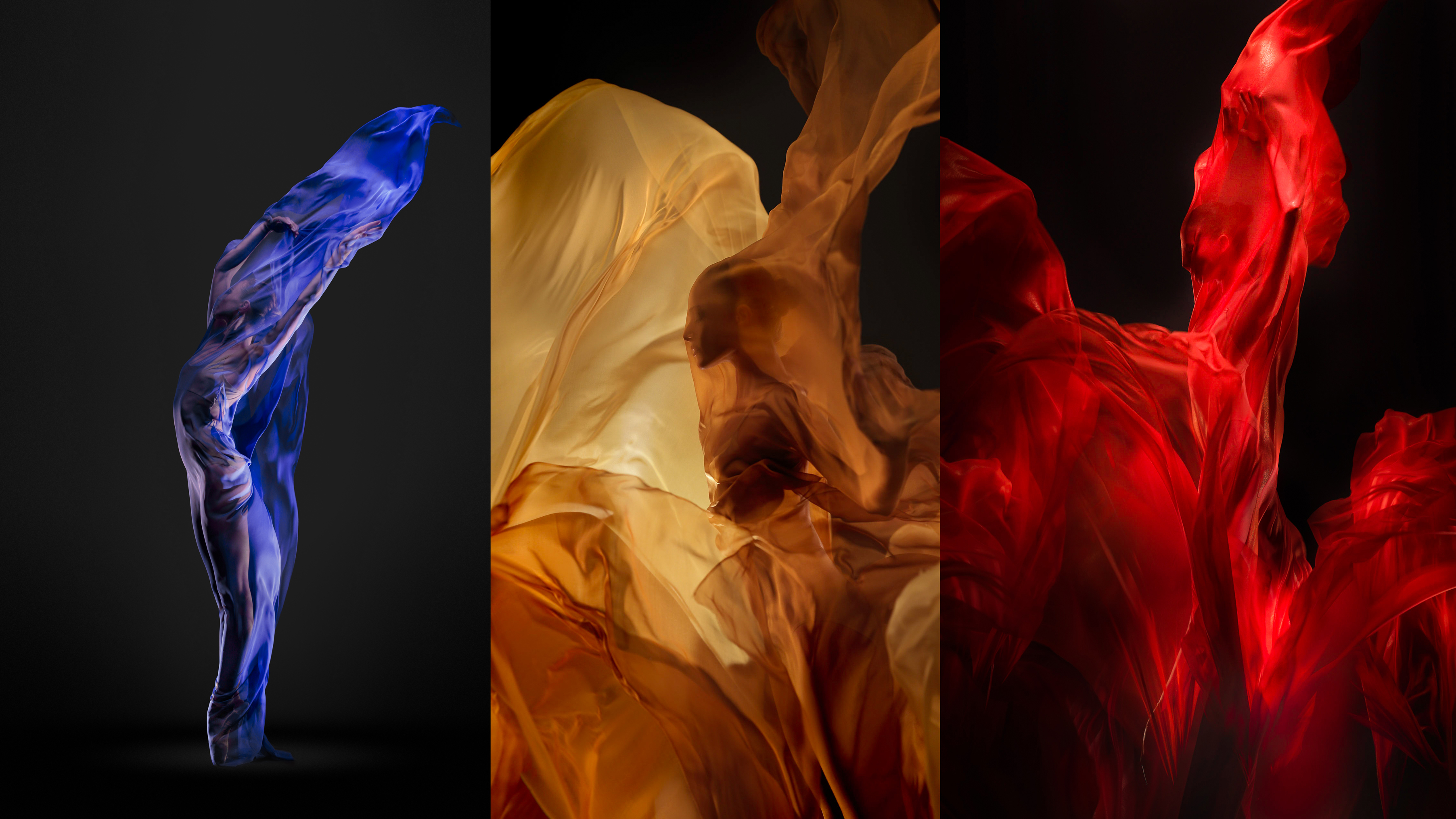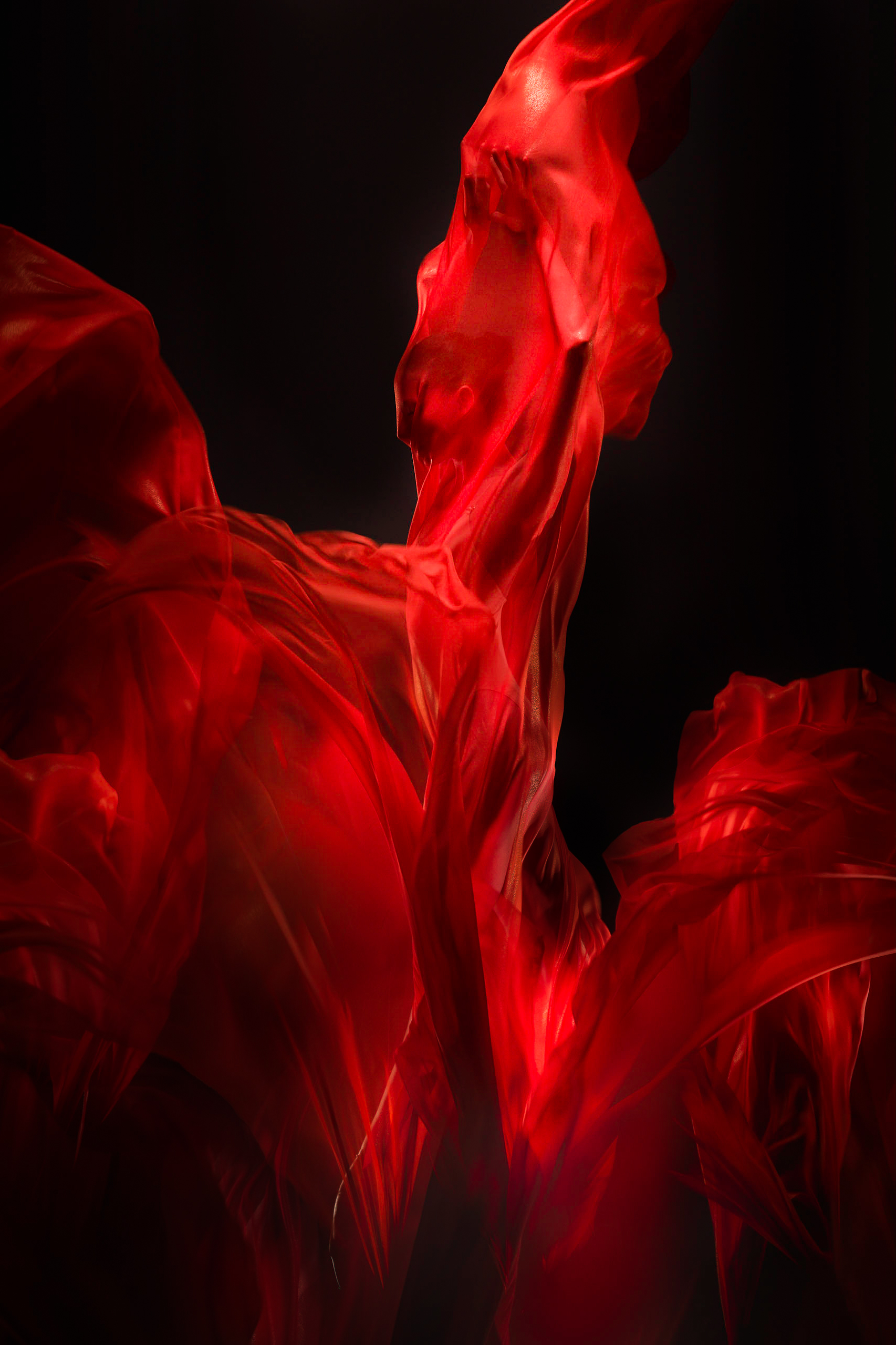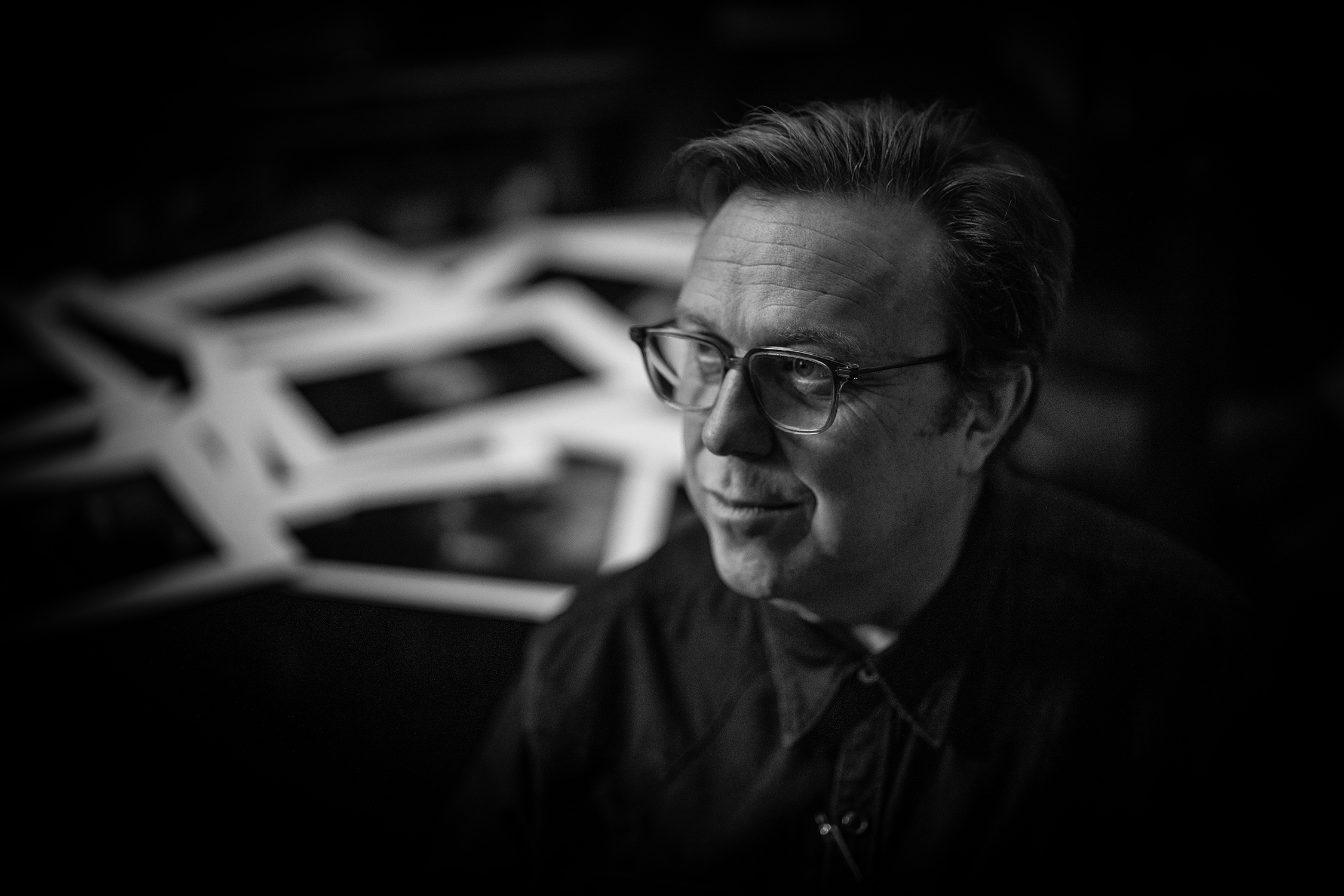Why I've never shot manually on my Canon camera
I've always shot with aperture priority – with the revolution of Canon's EOS R mirrorless system why would you shoot manual?

Last year I hosted a live stream interview with legendary photographer Martin Parr, and one of the questions asked was about his camera settings. To the great surprise of many of our audience, he proudly announced that he used Programme ‘P’ and the chat box lit up, one viewer exclaiming ‘P’ is now for Parr.
I agree with Martin, as I too am an advocate for letting the camera do the work, allowing me to focus on the creative. I don’t use ‘P’ but for my entire career, I’ve shot on ‘AV’ aperture priority. For me, this gives me control of the one thing I value above all others and that’s the depth of field. I’ve built a career using fast prime Canon lenses at very wide apertures. My assistants often laugh when I shoot at f2.8, exclaiming that I’ve stopped the camera right down.
As a photographer, filmmaker and Canon Ambassador, I’ve been involved in many brand firsts. I thought I’d seen it all, until 2018, when I was involved in my biggest Canon first, the launch of the most intelligent camera system I’d ever experienced. The EOS R mirrorless system was the biggest brand announcement in thirty years and my shoot was shrouded in secrecy. Smartphones switched off, non-disclosure agreements signed, security at the studio doors.
The brief, for Birmingham Royal Ballet, was ‘Fire and Fury’. My task was to create an in-camera illusion of a ballerina on fire. To achieve this, I shrouded dancers with silks, satins and chiffons and, using wind machines, they appeared as if immersed in a cauldron of flames.

Using the EOS R system for the first time
With the Canon EOS R and RF50mm f1.2L USM in hand, as I started to shoot, I immediately knew why this was such a big deal. In fact, it was nothing short of revolutionary. For the first time in my career, I could see exactly what I was shooting via the OLED electronic viewfinder. I knew if the exposure was correct by making minor adjustments to EV using another first – the RF lens control ring.
With this, I could accurately see the color temperature and even get a quick glimpse of each frame as I shoot. In addition, I could move my focus point around the frame by simply touching the LCD screen, shooting either through the viewfinder or by simply touching the back of the camera.
A year after the launch and Canon added face tracking and eye detection. In 2020, it was animal AF and then last year, vehicle detection and eye control AF. The latest Canon EOS R6 MKII takes things a step further with ‘auto’ mode, the camera deciding and applying its best algorithm based on the subject detected. For me, shooting mirrorless is liberating, and after learning to trust this hardware and software technology I am completely confident in handing over control to the camera.
Get the Digital Camera World Newsletter
The best camera deals, reviews, product advice, and unmissable photography news, direct to your inbox!
There’s a T-shirt knocking around that says, and I quote “Everyone is a photographer until ‘M’”, intimating that being able to use a camera manually makes you a photographer. For me ‘M’ stands for mirrorless. If you still want to shoot manually you can, but why would you?
In conversation with Martin Marr
You might also like the best Canon cameras and the best Canon portrait lenses. Plus, discover the Canon R6 vs R6 Mark II.

After a 20-year career as a graphic designer, Clive decided to follow his lifelong ambition and become a photographer and filmmaker. His use of prime lenses and selective focus along with natural, available, continuous and found light gives his work an atmospheric and ethereal quality. His unique style, along with constant experimentation with new technologies and techniques, has attracted numerous international clients, including fashion brands such as Hackett London, LVMH, H&M and beauty brands such as MAC Cosmetics and L’Oreal. He also works for such corporate giants as Asus, Intel, EY and Aston Martin. In his role as a Canon Ambassador Clive gives talks and workshops both here in the UK and across Europe. He is passionate about sharing his knowledge, experience, expertise and learnings with young people and collaborates on visual storytelling workshops for Canon's Young People Programme, Canon Student development program and is an advisory board member and teacher for the Ideas Foundation Charity.
- Lauren ScottFreelance contributor/former Managing Editor

